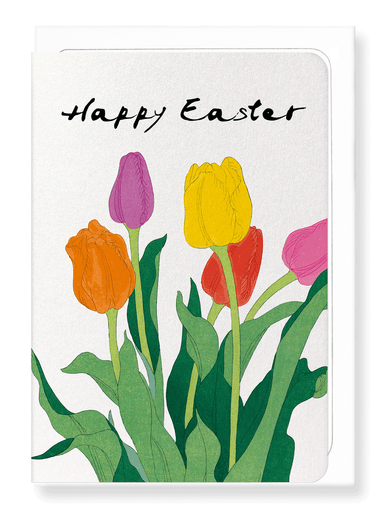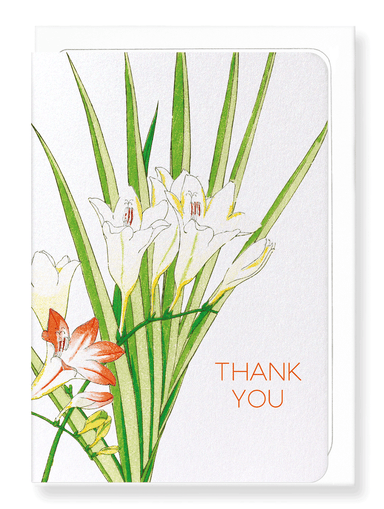Greeting card

COUPLE OF PEACOCKS: Painting Greeting Card
Login to view pricing
Text on the reverse side: In Greco-Roman mythology, the peacock tail was said to have the "eyes" of the stars. Peacocks, their graceful beauty, sym...
View full details



































